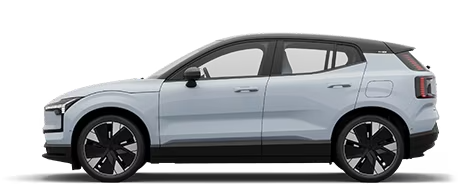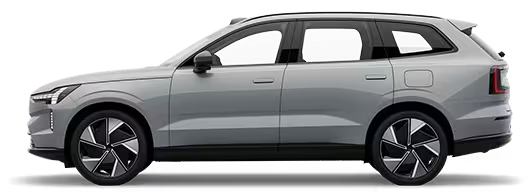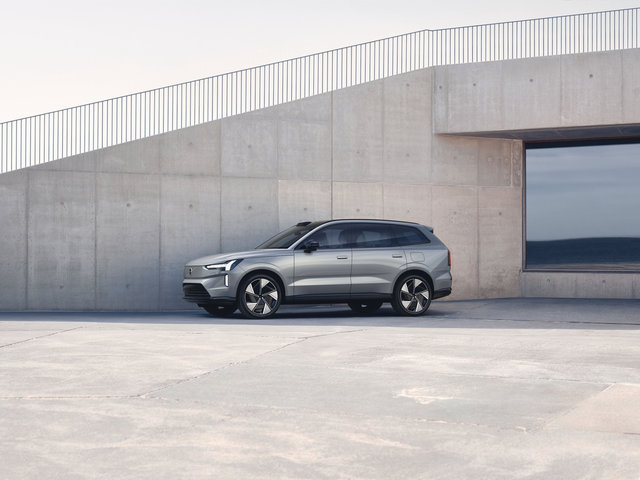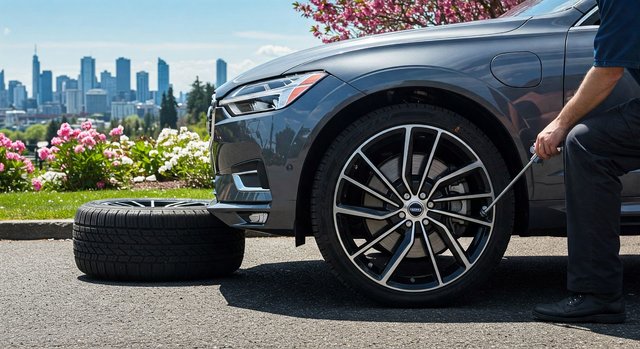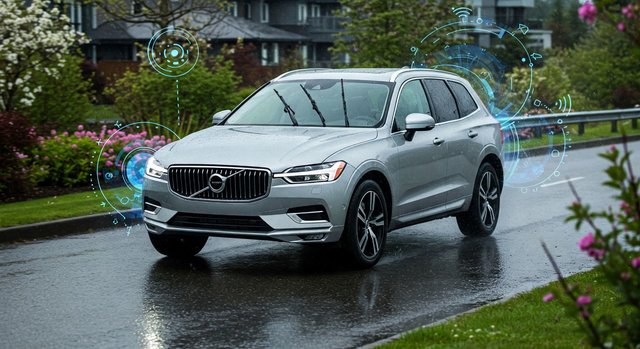The automotive industry has always been a melting pot of innovation, with each decade showcasing groundbreaking advancements. Among the industry leaders, Volvo Cars stands tall as a beacon of vehicular safety. Over the years, the Swedish automaker has emerged not just as a producer of high-quality vehicles, but as a pioneer in developing cutting-edge safety technologies. This article dives deep into Volvo's arsenal of advanced safety technologies, detailing how they're shaping a more secure driving future.
- Pilot Assist
One of the stars in Volvo's safety lineup, the Pilot Assist is a semi-autonomous driving system. Through a combination of radar and camera inputs, this system can control acceleration, braking, and steering up to certain speeds. Originally designed for highway use, it aims to reduce driver fatigue and improve overall safety in monotonous driving conditions.
- City Safety
Perhaps one of the most talked-about features, City Safety has the ability to identify other vehicles, pedestrians, cyclists, and even large animals. Once a potential hazard is identified, the system can autonomously brake the vehicle if the driver fails to react in time. This is invaluable in urban environments where split-second reactions can mean the difference between an accident and a near-miss.
- Run-off Road Protection
In the event that a car unexpectedly leaves the road, Volvo's Run-off Road Protection technology tightens the front seat belts to keep passengers securely in place. The seats are also designed to absorb energy, mitigating spinal injuries that can arise from hard landings.
- Cross Traffic Alert with Autobrake
Backing out of a parking spot can sometimes be a nerve-wracking experience. With Volvo's Cross Traffic Alert, drivers receive warnings if a vehicle is approaching from the side. If the driver fails to respond, the Autobrake can step in, applying brakes to prevent a potential collision.
- Lane Keeping Aid
Drifting out of a lane without signaling can often be a precursor to accidents. Volvo’s Lane Keeping Aid gently steers the car back into its lane or alerts the driver with a vibration if unintentional lane departure is detected.
- Blind Spot Information System (BLIS)
Changing lanes has never been safer. The BLIS technology alerts drivers when a vehicle enters their blind spot, ensuring safer lane transitions. Coupled with the Steer Assist function, the car can be steered back into its lane to avoid potential side collisions.
- Connected Safety
In this digital age, cars communicate not only with their drivers but with each other. Volvo's Connected Safety allows vehicles to share information about road conditions, such as slippery patches or sudden traffic halts. This enables following vehicles to be prepared in advance, a step towards a more connected and informed driving environment.
Volvo's commitment to safety isn't just a marketing stance—it's embedded in the brand's DNA. Through their vision of no deaths or serious injuries in a new Volvo car, they've consistently pushed the envelope, introducing technologies that don’t just protect Volvo drivers, but all road users. As automotive technologies evolve, with a 100% electrified fleet and autonomous driving on the horizon, it's heartening to know that brands like Volvo are making strides to ensure that the roads of tomorrow are safer for everyone.





